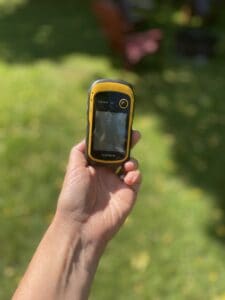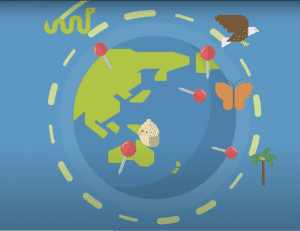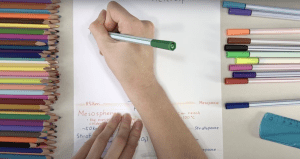
Scientists Who Inspire
 Primary - Middle
Primary - Middle
Learn about the pioneers of science and the characteristics that allowed them to thrive! Jane Goodall: Perseverance This episode takes a look at Jane Goodall and how perseverance helped her with her research into chimpanzee behavior, and how we can persevere to reach our goals just like her. Alexander Fleming: Attentiveness This episode takes a … Continued























